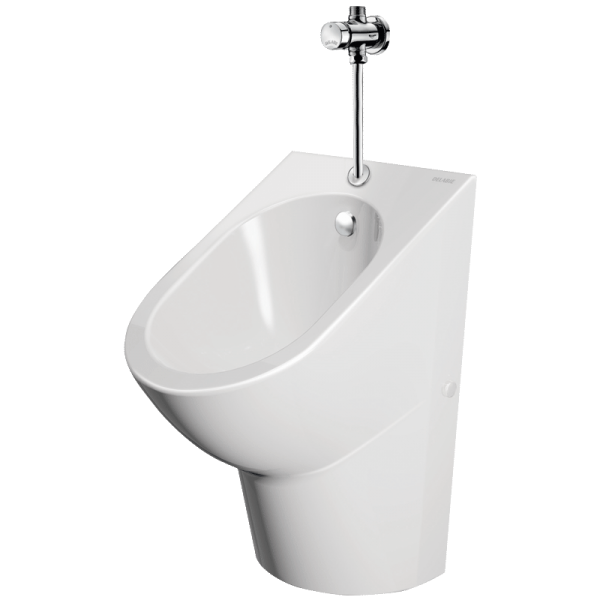

Washroom design has been in an almost constant state of reform, development and evolution perhaps more than any other public or private space.
The evolution of the washroom from the “foricae” of Ancient Rome to the advanced, self-contained toilet cubicles seen today is one that goes somewhat underappreciated, most likely because the purpose of the washroom has barely changed for thousands of years.
Everyone has personal hygiene needs and every public and private space needs a washroom. However, whilst the design, components and layouts of washrooms have changed significantly over the centuries, one element that has surprisingly remained largely the same is the primary materials used.
Toilets and sinks are most commonly made from ceramics sometimes mistakenly described as porcelain, but despite all of the changes to other elements of toilet design and the addition of advanced flushing systems, sensors and even environmental design, toilets are still made from this same core material.
Why is this? The short answer is that what started as tradition turned out to be on balance the best possible option, and despite attempts to use plastic or metal as the main material for some toilets, that is still true for the vast majority of washrooms today.
From Bourdaloue To Portaloo
Before there were flushing toilets, indoor plumbing and public washrooms of any kind, there was still the need for them, and that typically meant using either a privy, latrine or outhouse, or using a chamber pot that would be emptied.
Early chamber pots were made of a wide variety of materials, including glazed pottery, wood and in some rare cases precious metals such as silver, particularly in the upper-class homes where chamber pots and commodes were common.
This eventually evolved by the late 17th century into the bourdaloue, an oval-shaped pot designed to be used by women when travelling that was typically made of glazed porcelain.
Part of the reason for this was that despite their purpose, they were often ornate, beautiful items, often featuring finance, painted or gilded designs, and since they were relatively small, they could be rather innocuously carried around discreetly, outside of other women and maids that knew what they were.
The name itself came from, of all places, the name of the famous French priest Louis Bourdalore, famed for enrapturing and rather infamously lengthy sermons.
The implication was that the preacher’s words would take so long that at some point there would be a need to use the washroom, and since this was several centuries before the first washrooms were constructed, a specially designed chamber pot would need to be taken along.
How much this is true is rather understandably up for debate and it was most likely a rather mocking epithet rather than a genuine use case, but regardless, the bourdaloue was a basin used for personal hygiene, and it soon became clear that porcelain was the best material for the job.
Unlike wood or stone, it was completely impermeable, meaning that water or other liquids could not seep in, stain and potentially damage the pot.
Similarly, it did not rust in an age before stainless steel, making it better than any metal other than silver or gold. Given the value of those two materials, it was impractical even for many in the upper class to spend significant money to make a bourdaloue out of an obviously precious material.
This was especially true since porcelain was in most cases more durable to travel with than silver or gold, which tended to be relatively soft and malleable, in a way that did not make it ideally suited for the task of personal sanitation.
By the time the first indoor flushing toilets were made, they were already made, as a general rule, out of porcelain, which would later be changed to other hard-wearing ceramic materials such as vitreous china.
Using ceramics was true from the very start of the mass manufacture of toilets, and for a century there were no materials that were even close to as capable of being used in a washroom.
It took until the development of stainless steel in the mid-19th century for anything to even theoretically be used for toilets. Even then, its only advantage was its relative lightness compared to ceramics, something that would not matter outside of portable toilets.
Composite plastics are also an option as of the late 20th century, but even to this day, the vast majority of toilet bowls continue to be made of a ceramic material and it is unlikely for this to change for the foreseeable future.





